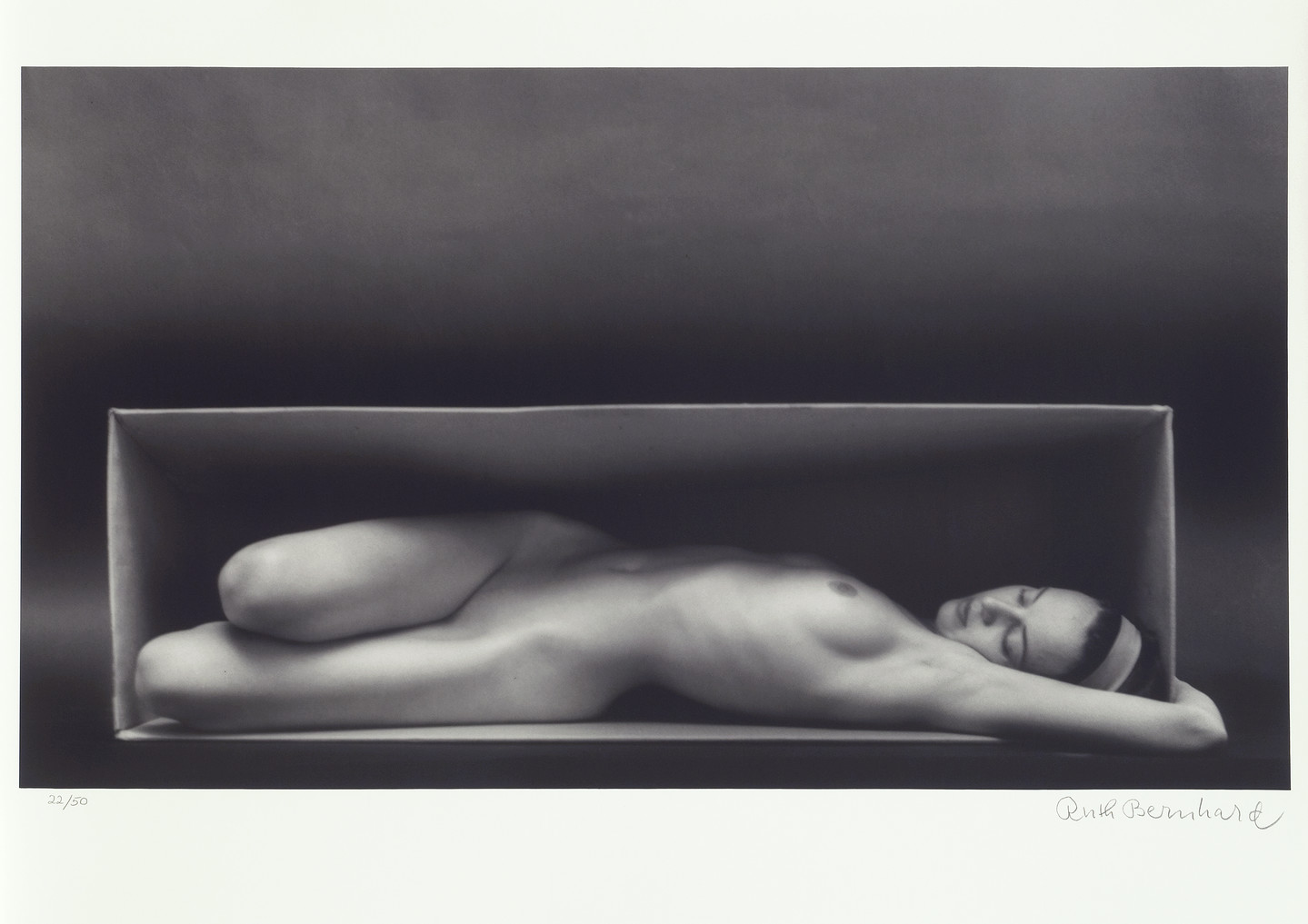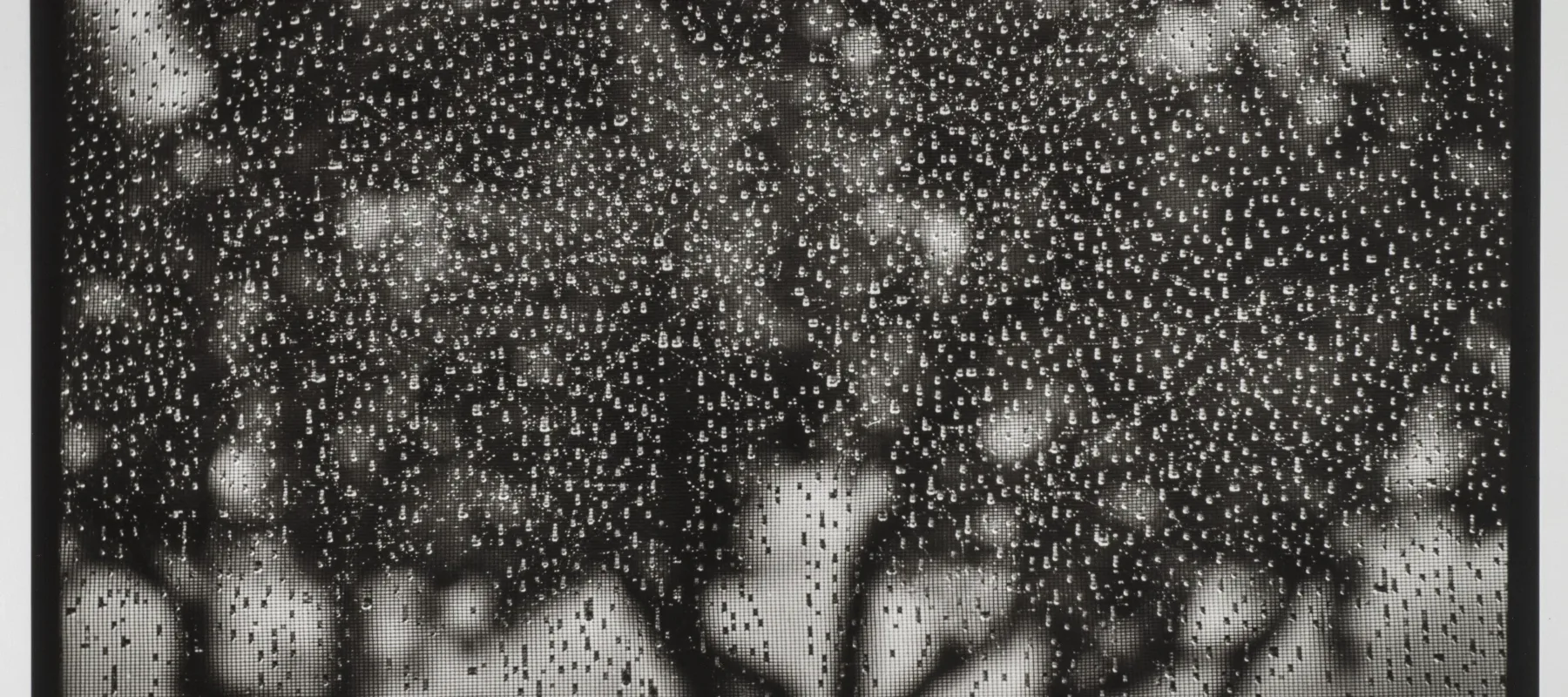Impress your friends with five fast facts about photographer Ruth Bernhard (1905–2006).
1. Job Dissatisfaction
In her first job, Bernhard assisted darkroom staff at The Delineator (1869–1937), an American women’s magazine. There, she learned the basics of photography—but was not an enthusiastic employee. The publication let her go within six months, and Bernhard used the severance pay to purchase her own camera and equipment.
2. Squad Goals
Bernhard’s education and career took her from Berlin to New York City and Los Angeles before she settled in San Francisco. In each city, she found herself among like-minded artists including Berenice Abbott (1898–1991), Imogen Cunningham (1883–1976), and Dorothea Lange (1895–1965), who are also in NMWA’s collection.
3. Surprising Subjects
First recognized for her still-lifes, Bernhard was hired by the Museum of Modern Art to photograph their 1934 Machine Art exhibition for its catalogue. While working on this project, a dancer friend posed nude inside of a large, stainless steel bowl. The resulting photograph is the first example of the black-and-white images she’s best known for today.

4. Package Deal
Bernhard created In the Box—Horizontal (1962), part of NMWA’s collection, after receiving a new photographic enlarger. When a model arrived at the studio, the artist could not resist asking her to lie in the empty delivery box.
5. Special Skills
Starting in 1943, Bernhard spent two harvest seasons in the Women’s Land Army to replace male farmers drafted during World War II. To prepare, she took a two-month course in animal husbandry.

